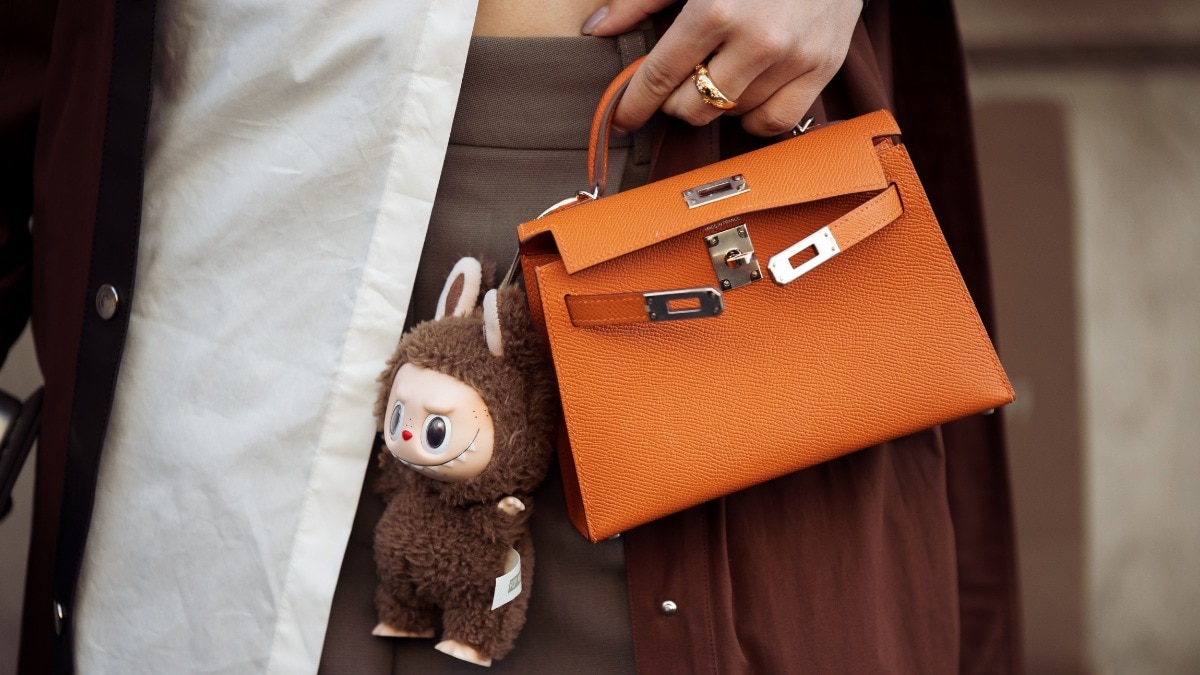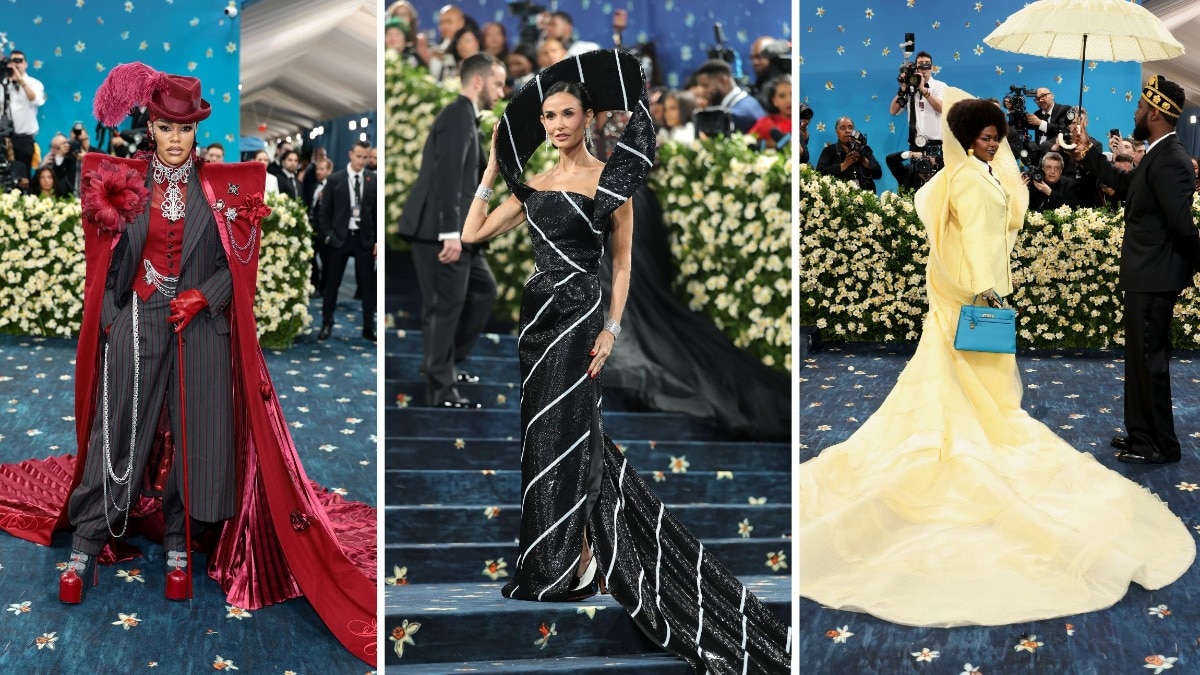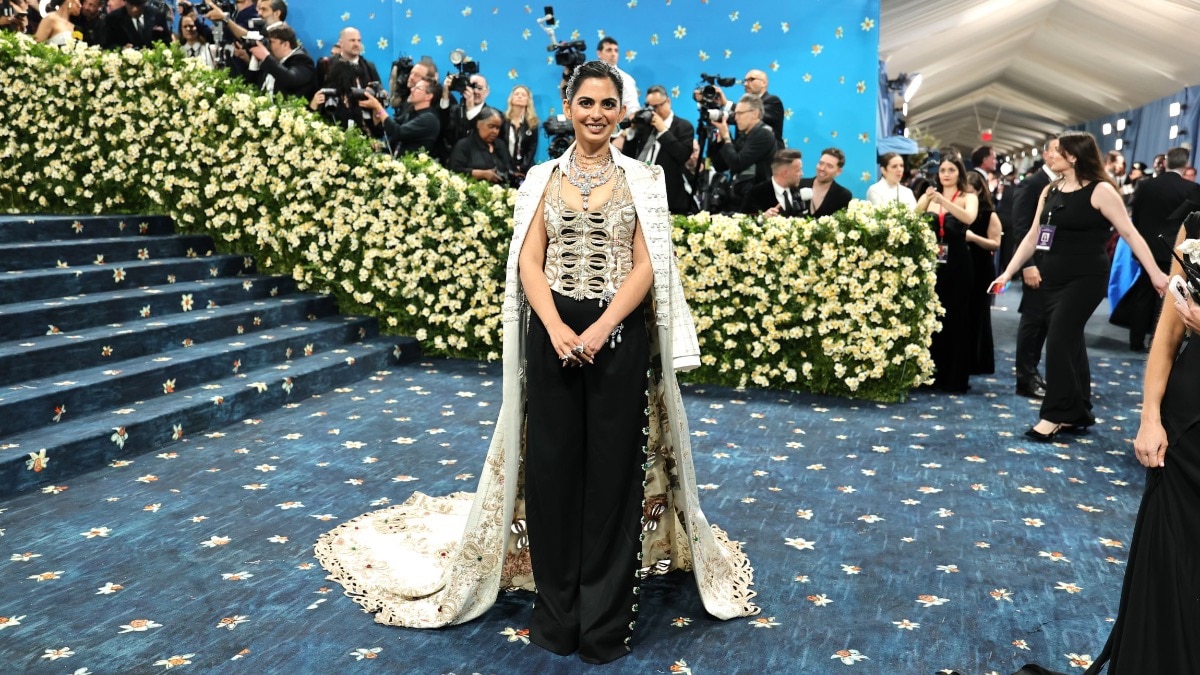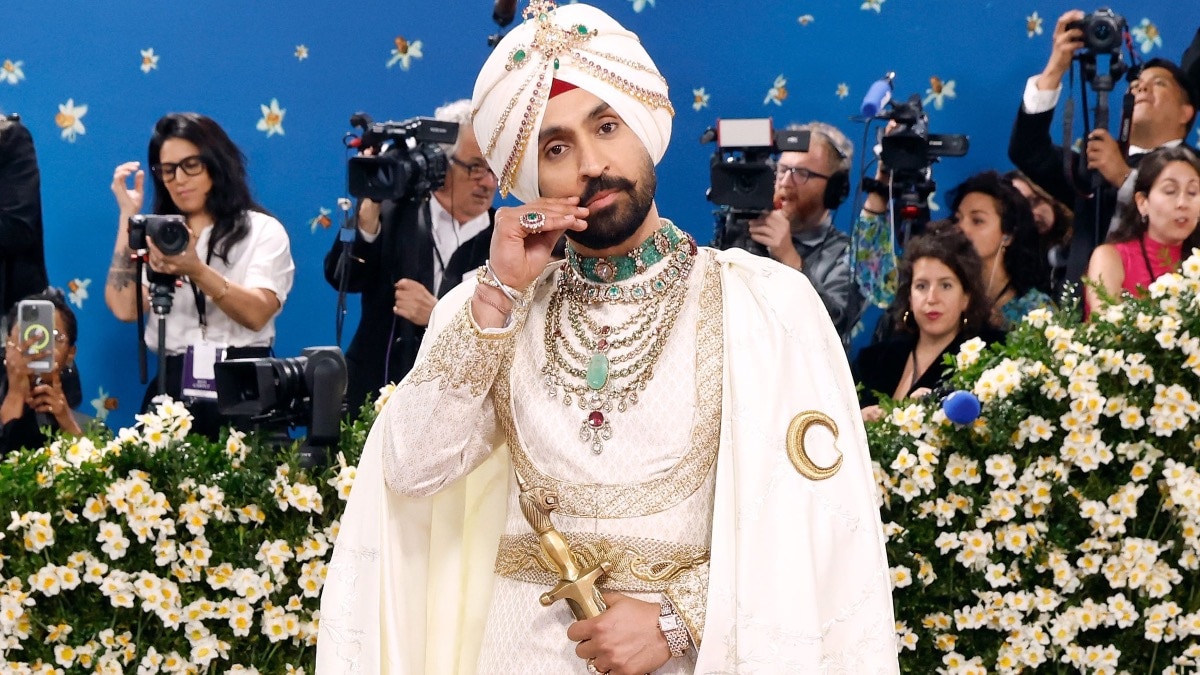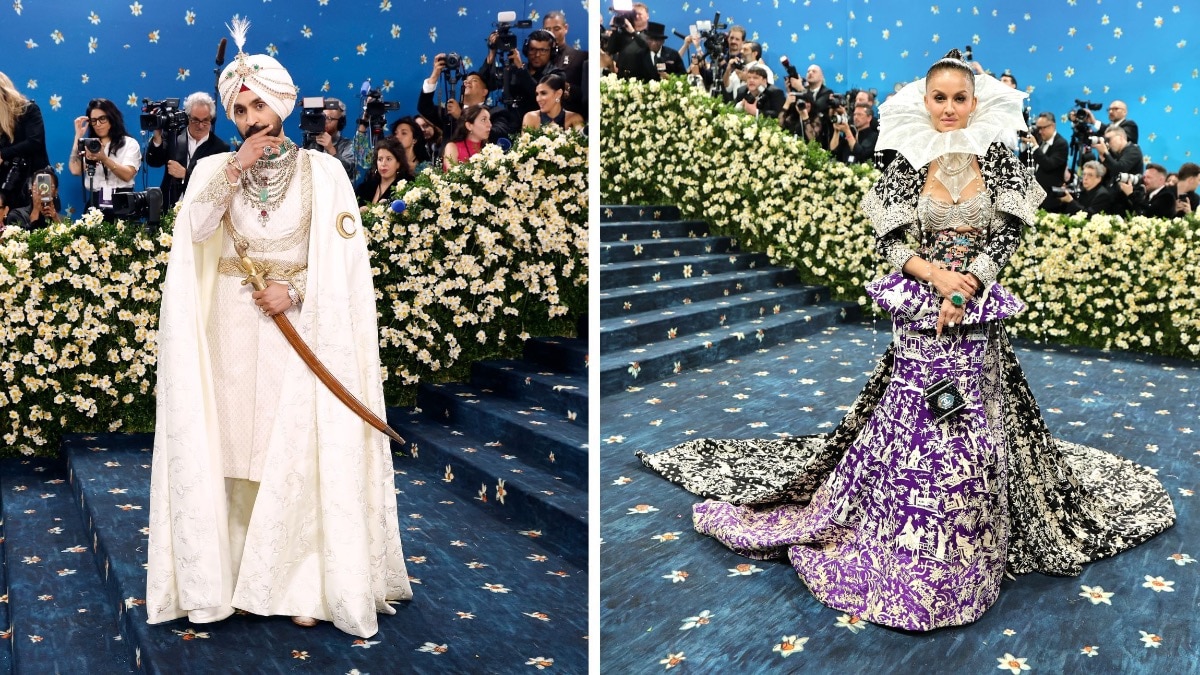Cartier's latest Beautés du Monde collection draws inspiration from nature
Bazaar India Editor, Nandini Bhalla, has a special conversation with creative director at Cartier Prestige, Jacqueline Karachi, at the launch.


In the gardens of the residence of the XIX Duke of Alba in Madrid, Spain, models walked around a manicured paths in glittering jewels. Against this striking backdrop, Cartier held the grand launch of its high jewellery collection—the Beautés du Monde—rightfully termed in French as the ‘beauties of the world’. For each of these dazzling necklaces and rings were set with remarkable precious stones, scoured from the far corners of the Earth, polished to perfection, and carved with precision...artworks in their own right. Which is why, the Palacio de Liria, that was built in the 18th century, was just the right venue...the palace being home to iconic works by the likes of Albert Dürer, Titian, Rubens, marble figures, and bronzes from the Roman Empire to the neoclassical period...

After a glistening show and a closed-door performance by the Black Eyed Peas, Bazaar India Editor Nandini Bhalla spoke with the creative director at Cartier Prestige, Jacqueline Karachi, about the new Beautés du Monde collection, Cartier’s continuing connection with India, and more...
Nandini Bhalla: Cartier has been famous for taking inspiration from flora and fauna. Tell us about this interest in nature...
Jacqueline Karachi: “Our first source of inspiration comes from nature because, in every age, nature has resided inside every artist. The stone itself is found in nature, so the best way to enhance it is to continue its relationship with its source. In fact, our iconic motif of the Panthère is directly inspired by nature... We like to interpret nature, but with our own vocabulary: we turn to civilisation, geometry, and abstraction, or sometimes, keep the piece more naturalistic.”
NB: And what is your personal relationship with nature?
JK: “I can’t live without it! I live in Paris, but every weekend, I visit the countryside to surround myself with the bounties of the Earth... I need to touch them, I need to take in their energy...it feeds me.”
NB: Which is your favourite piece from Cartier?

JK: “Each jewellery piece speaks differently to my art. Some designs are like second skin... For instance, the Iwana Necklace is inspired by the skin of the iguana and highlights the Colombian emeralds so beautifully. The shape and design of the stones inspired the artist—three hexagonal-shaped, cabochon-cut, Colombian emeralds. The transparency of the stones interacts with the skin, and that is what makes it very interesting; the texture makes it sensual, which has been highlighted with rose- and brilliant-cut diamonds. The designer interpreted the skin of the iguana visa-vis the skin of a woman... And through it all, the Cartier vocabulary was kept evident—of geometry, abstraction, and stylisation. Incidentally, the crocodile and snake are very inspiring for Cartier as well.”
NB: Tell us about the Nouchali Necklace, which showcases exquisite craftsmanship with its trembling bars.

JK: “The trembling setting has existed for a very long time in Cartier craftsmanship. In this piece, it was very important to give life to the flower. So, movement and dynamism—which are very important in the Cartier vocabulary—were incorporated here. To add movement, we decided to use this old technique to make it tremble and add complexity to the design. The intention is always the same: to give life to a piece”
NB: I am also curious about The Water Aspis Necklace. Tell us a bit about the expertise that has gone into its making...

JK: “The vision and articulation of The Water Aspis Necklace are very important because the necklace looks like a snake, but you don’t really see the snake. For the reptile, the most important thing is movement in a sinuous manner. Here, you can see the movement with the undulation of the pattern. It symbolises the snake, but without seeing it. This is a water snake because of the colour of the Ceylon sapphires. And to enhance the blue with the white, we added some lapis lazuli. It was very complicated to adjust the stones because the shape of the necklace is very graphic and sharp. Since the design is very geometrical and mathematical, we needed perfection.”
NB: Tell us more about the mystery and rarity of the green diamond, and how Cartier has chosen to use it.
JK: “Since a few years, we have been using coloured diamonds in jewellery, and we like the intensity of the colour. The green diamond emerges from this dynamism, and we can imagine the formation of this wonderful stone. Generally, such stones are very small... We want to show the power of nature and the crystallisation of the green diamond.”
NB: Many pieces in the current collection celebrate technical and mathematical dynamism. What were some of the challenges you faced when creating this range?
JK: “With each collection, we try to go further in terms of technique. For this collection, we tried to find new tools and craftsmanship to be more precise in our quest for perfection. Every piece is a challenge. And at every step of the process, we try to find a new way to go further.
NB: Cartier has had a long love-affair with India...does that shine through in this collection?

JK: “Yes, it shines through in every collection. I deeply admire how Indian jewellery-making is able to transform the stone through carving, especially as seen in Cartier’s Tutti Frutti style... And the way the colours are matching is perfect! That is why the Tutti Frutti is so widely coveted by our customers, and we reinvent the design in every collection. Here, too, we have crafted the Tutti Mikuti. I first visited India 20 years ago, and today, the craftsmanship is even better. And because the quality of the work is better now, the movement of the leaves in the Tutti Mikuti is so natural and impressive. I think nobody in the world is able to carve leaves in the way we do. So, the Indian tradition is always presented in every collection.”
NB: Personally speaking, who has inspired you creatively over the years?
JK: “I can’t take specific names, but in general, women and their evolution is what I find very inspiring...the way they dress, speak, live, and travel. Women are the most inspiring because we design for them.”

NB: And what is your earliest memory of jewellery?
JK: “I don’t have a very good memory [laughs]. But I remember, I bought a rose-cut diamond, and designed a ring specially for myself. It’s a cut I love the most.”
NB: How has your own jewellery style evolved over the years?
JK: “It has always been very minimal; it hasn’t changed much over the years. I think my expression is very plural, and I can go in very different creative directions. For me, designing and creating are like acting...I can take on different characters for different creations.”
NB: What can we expect from the House of Cartier over the coming years?
JK: “To continue the wonderful work we do, to impress you, to be admired, and to be able to design more creatively. And to find the most beautiful stones. For me, this is now the golden age of high jewellery. In my career, the last 10 years have been the most creative, and I hope it will continue this way.

